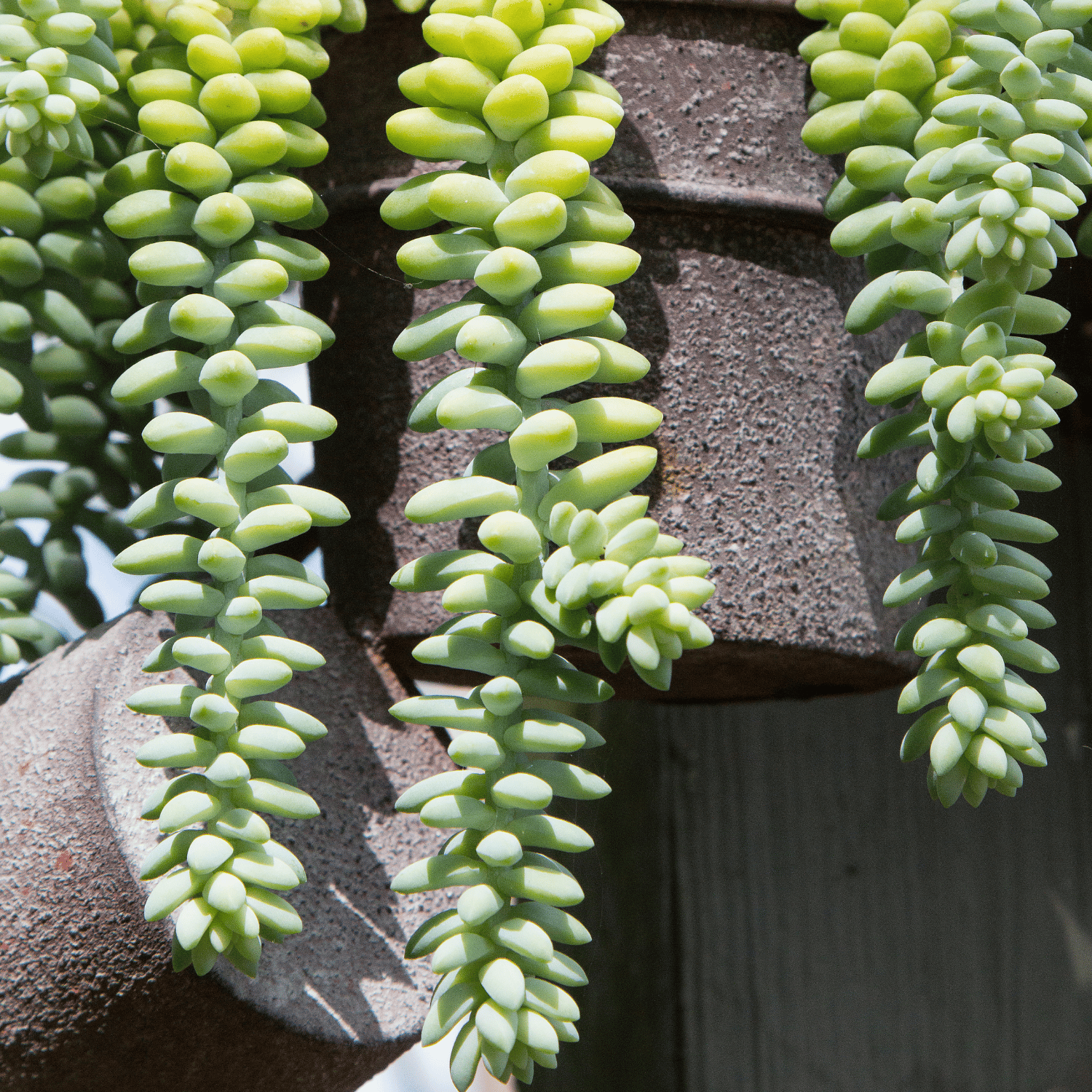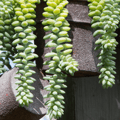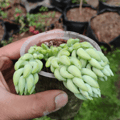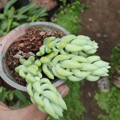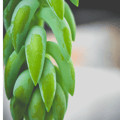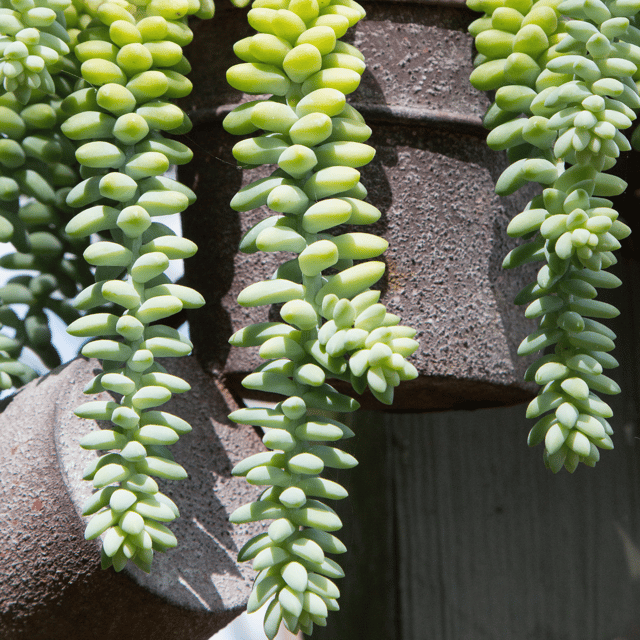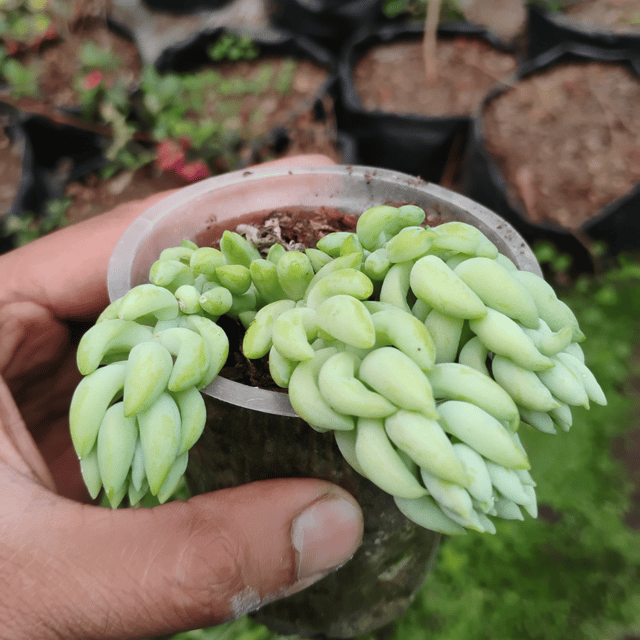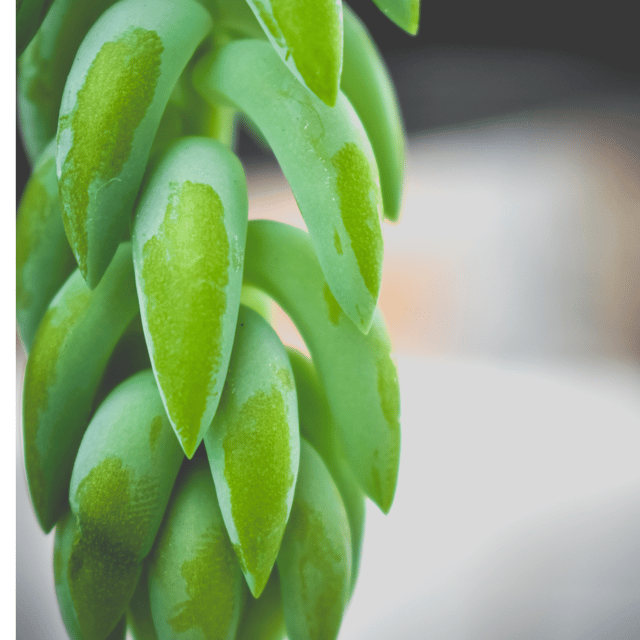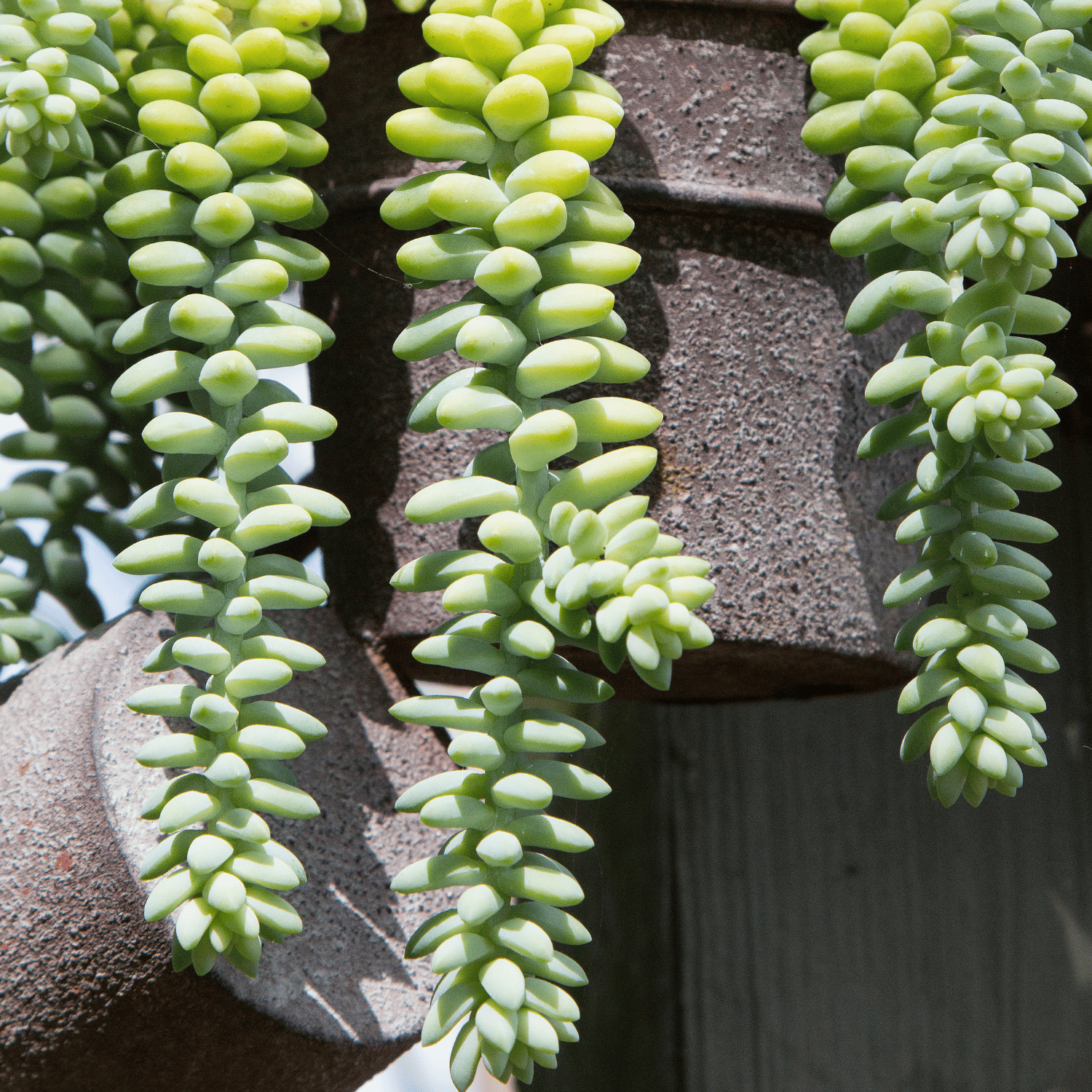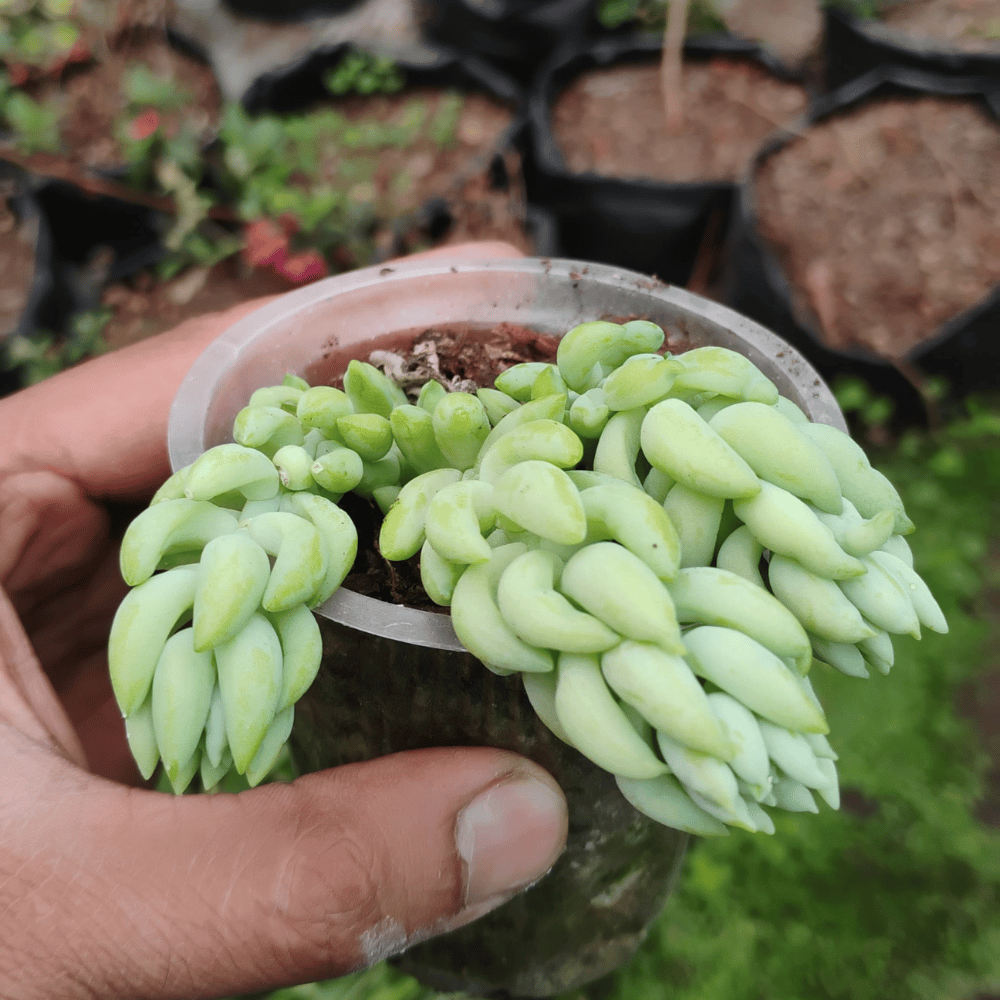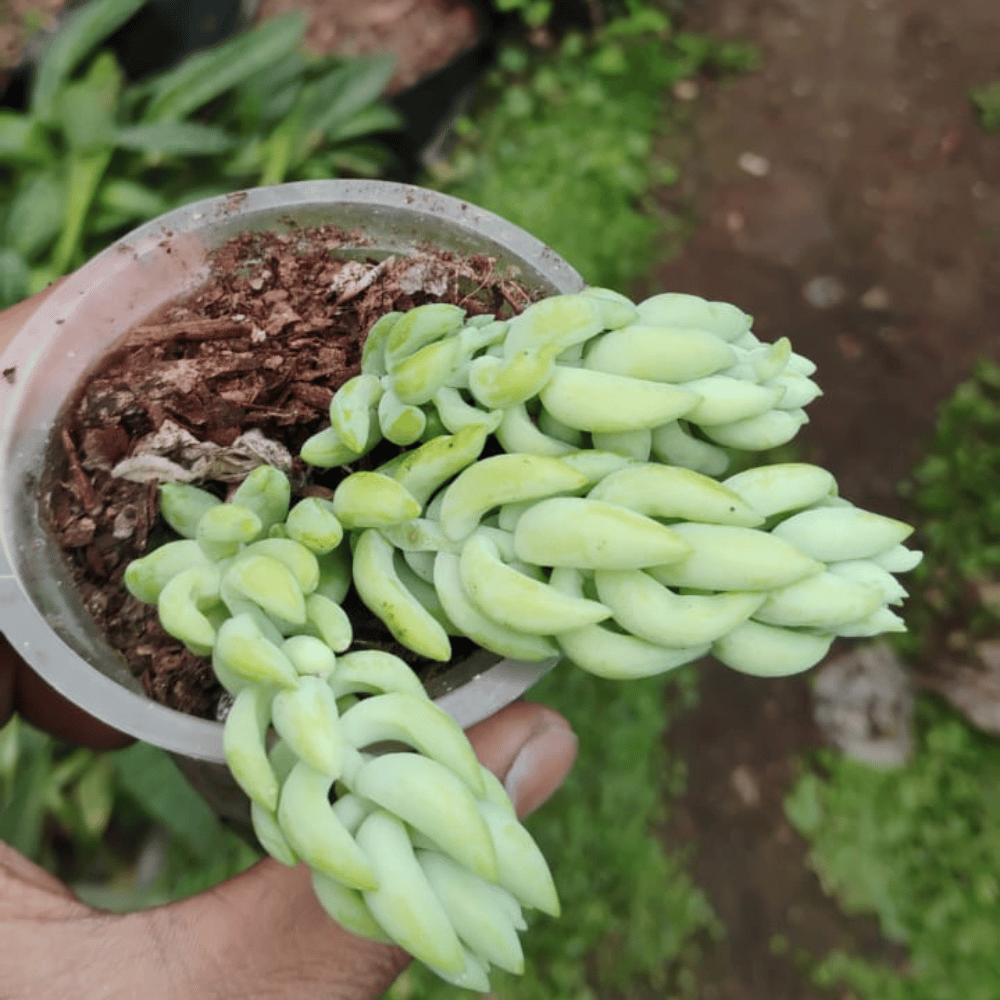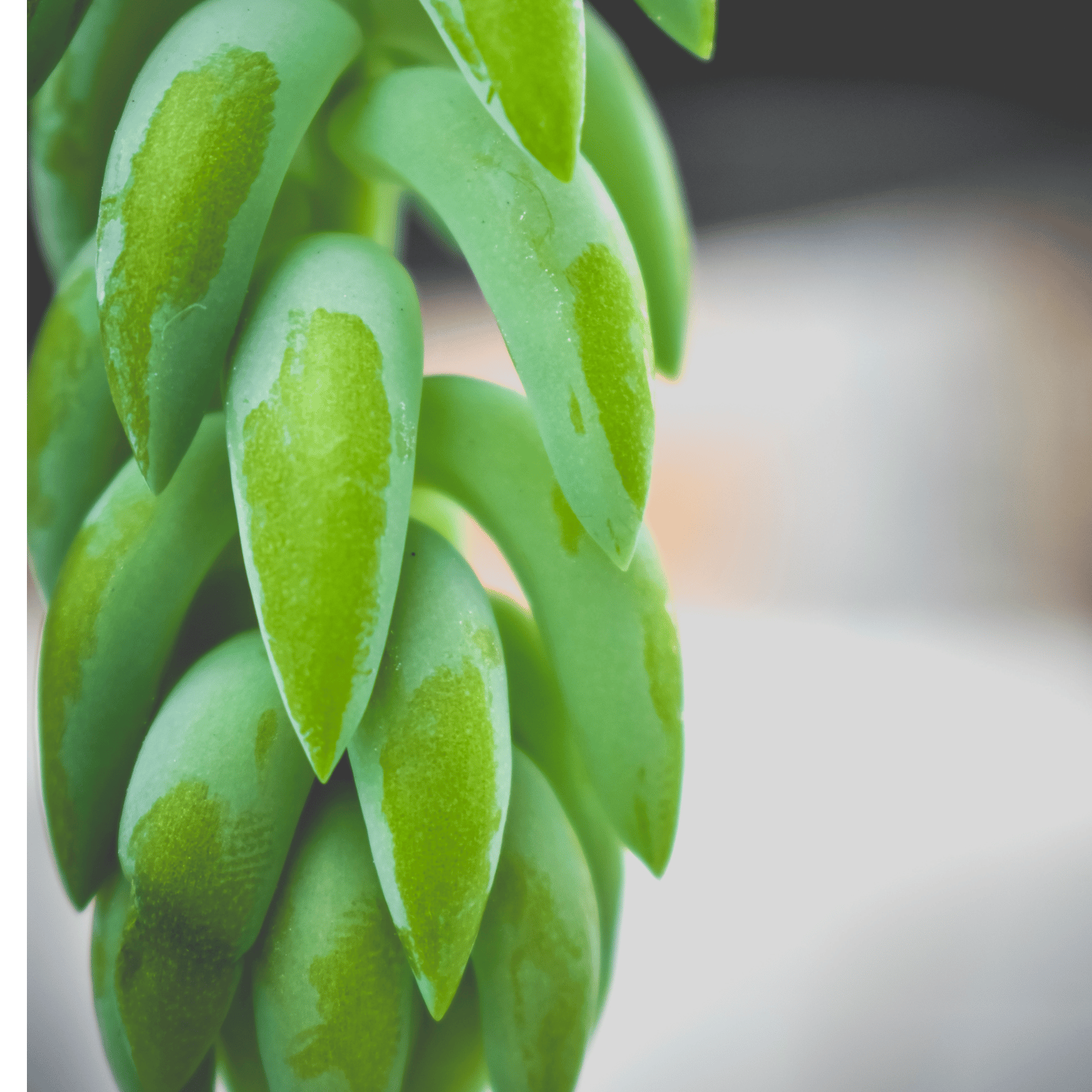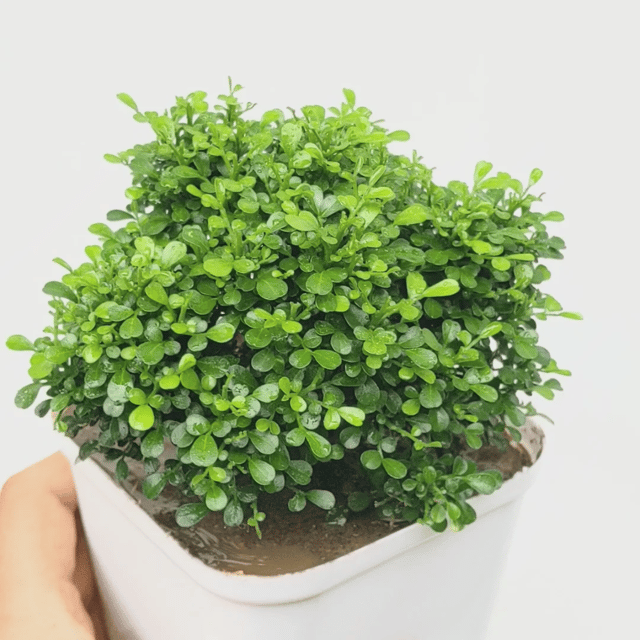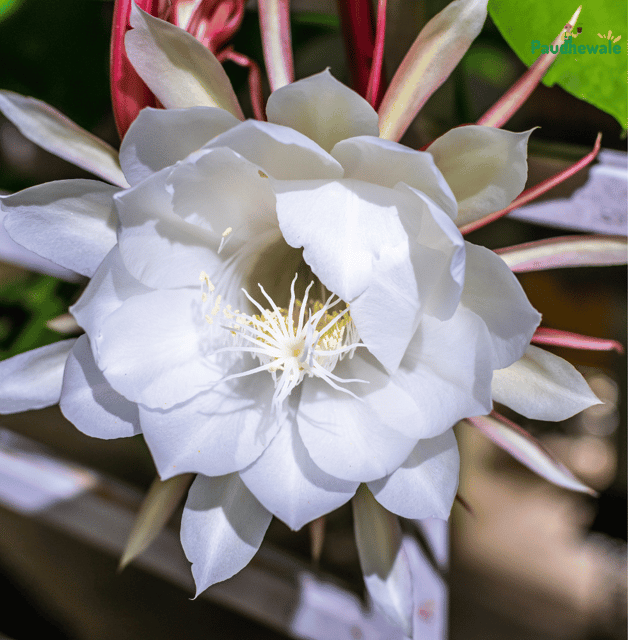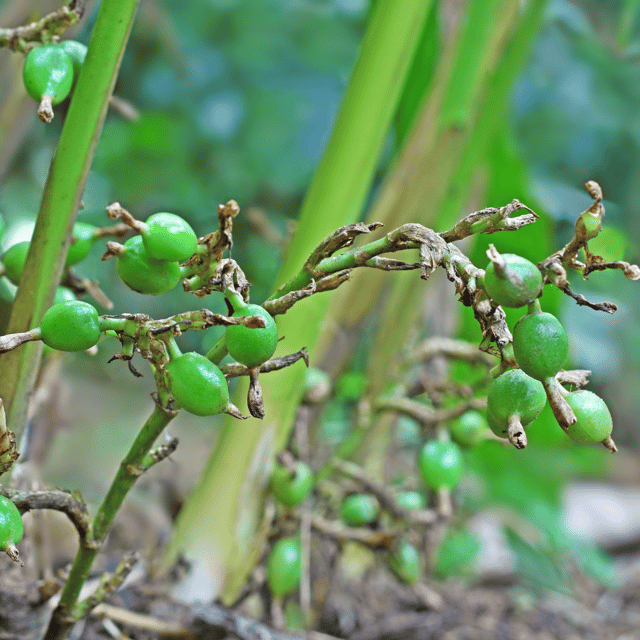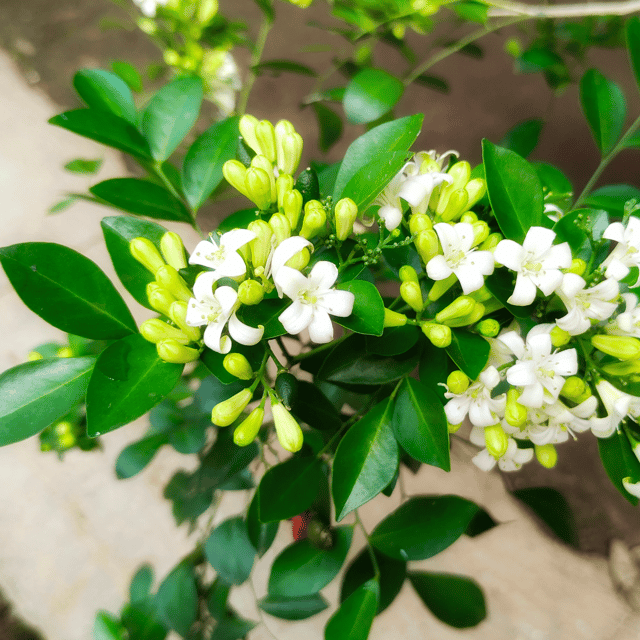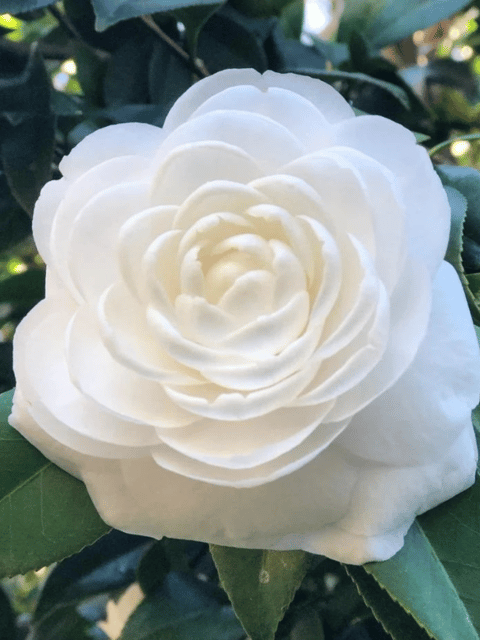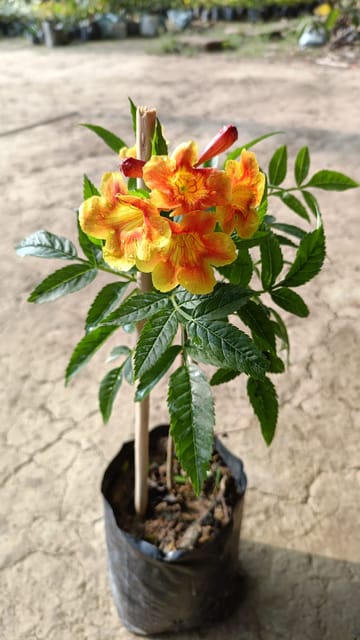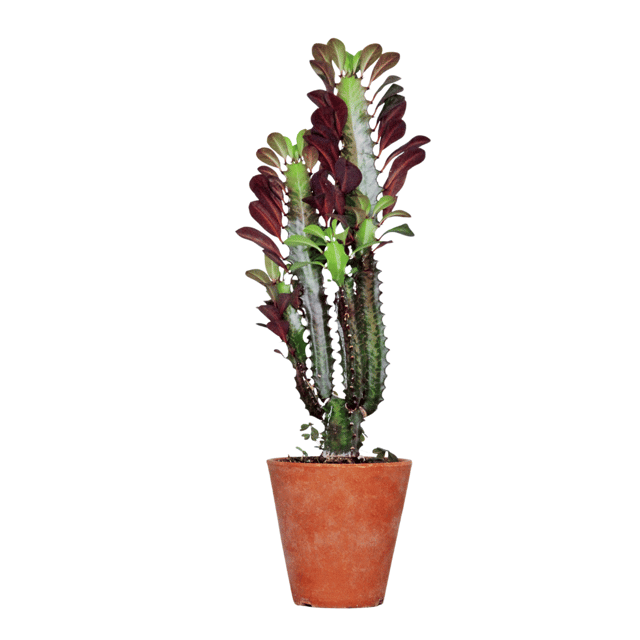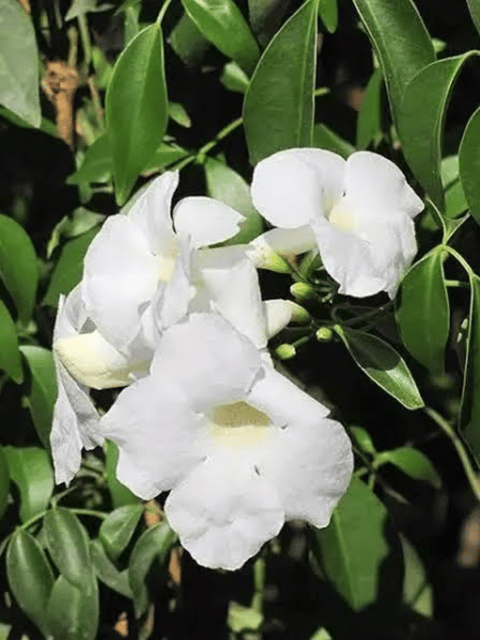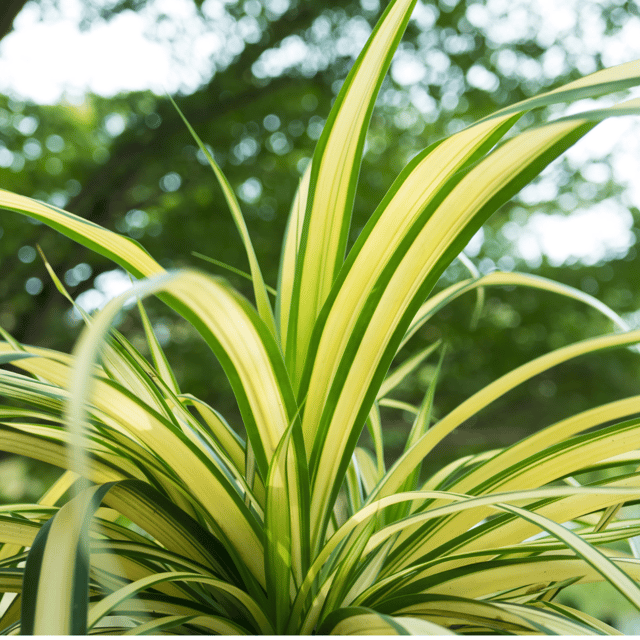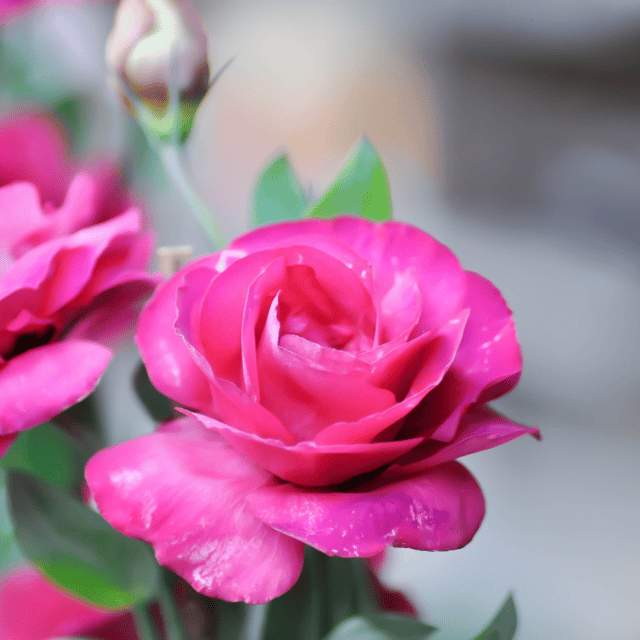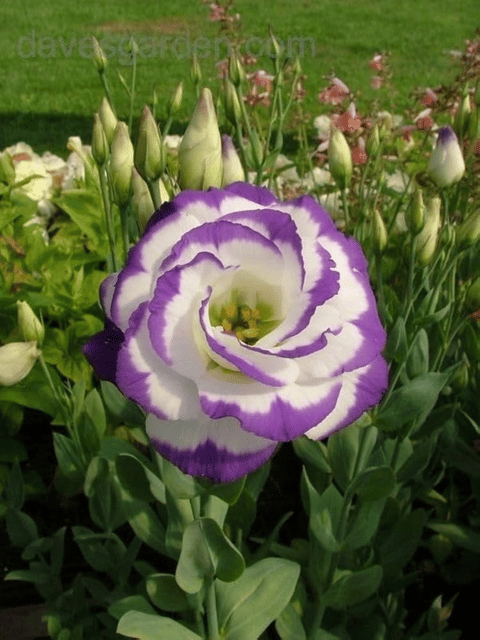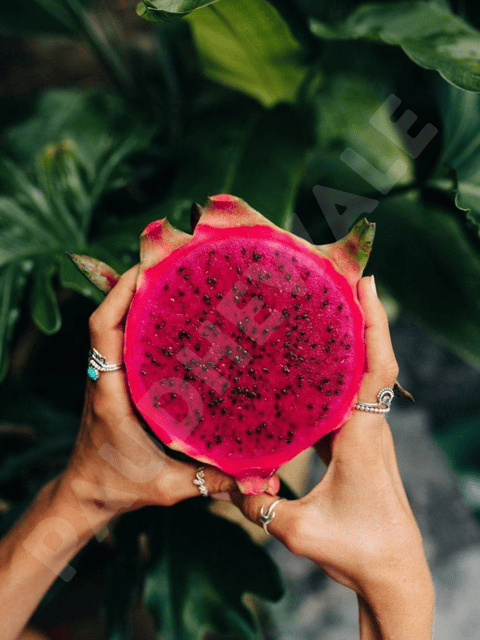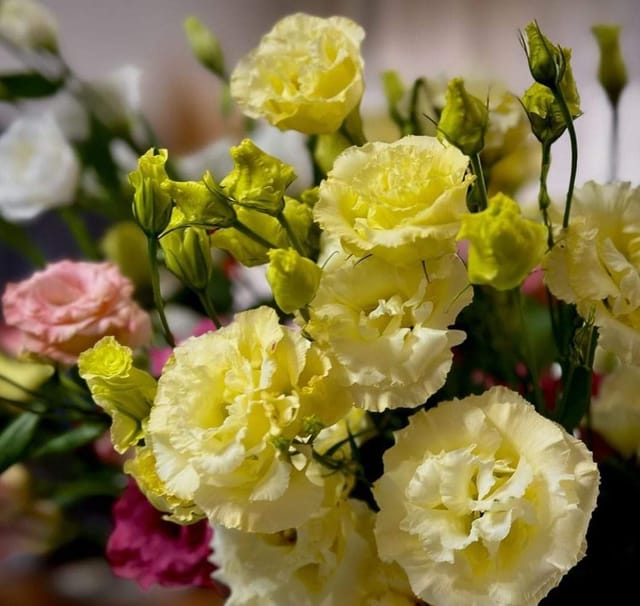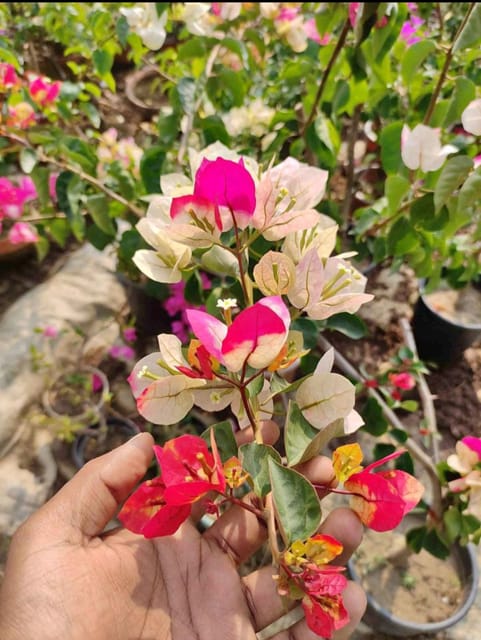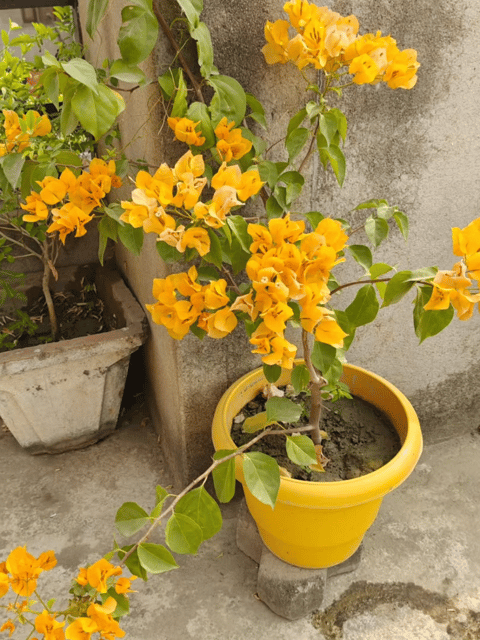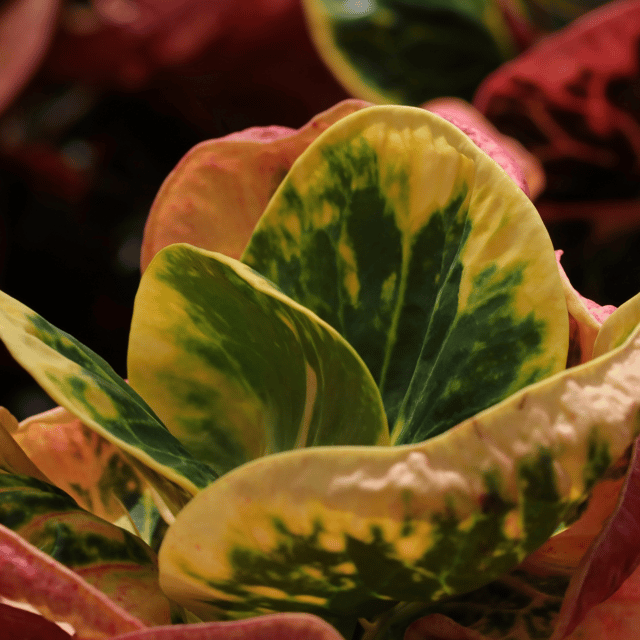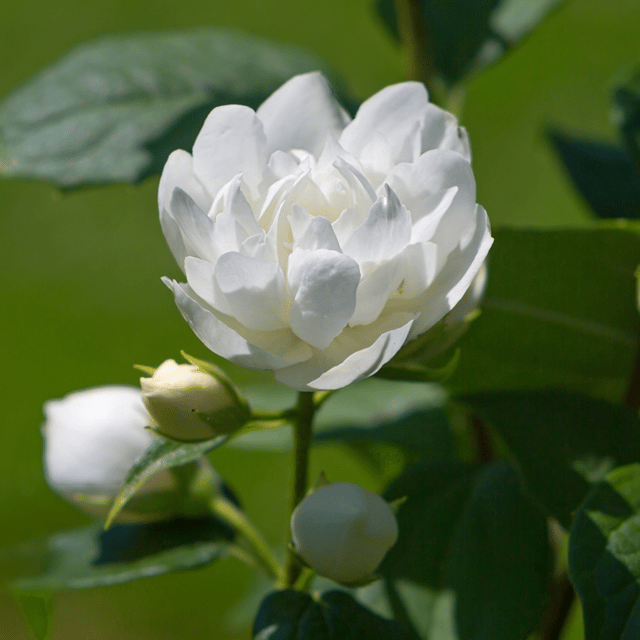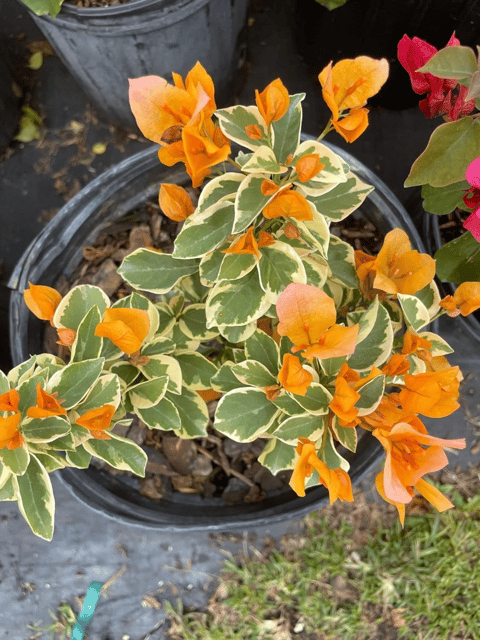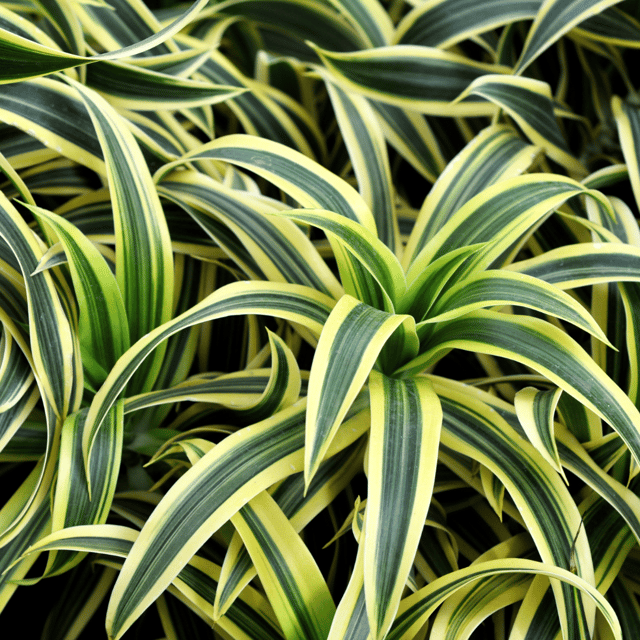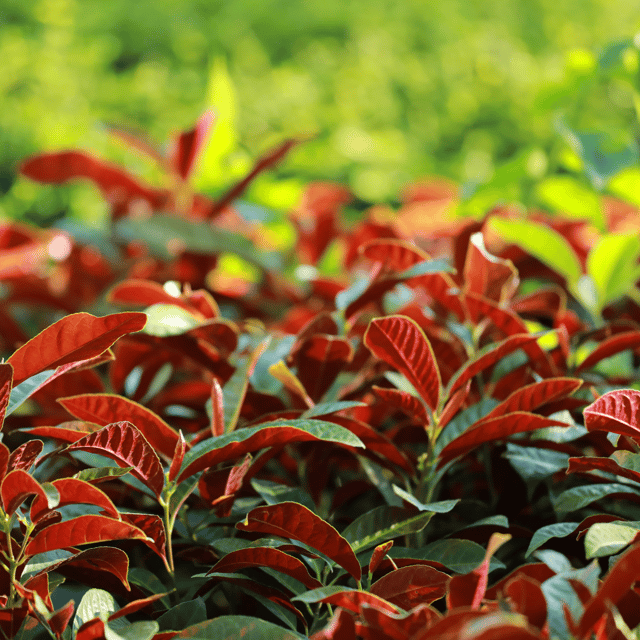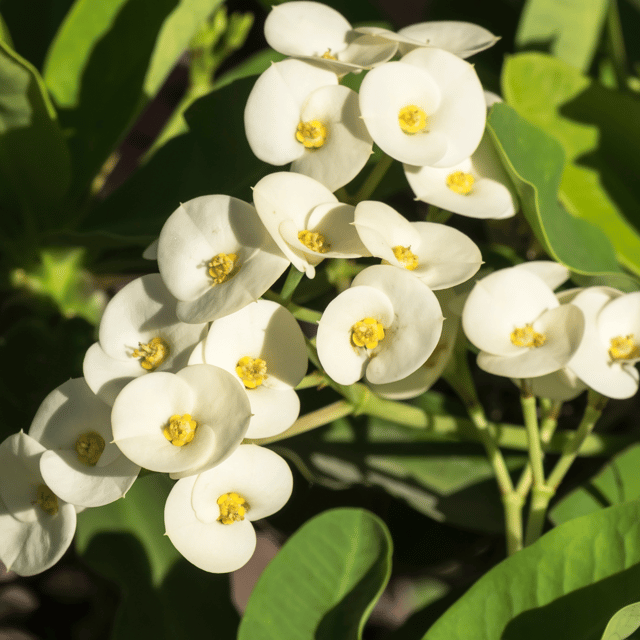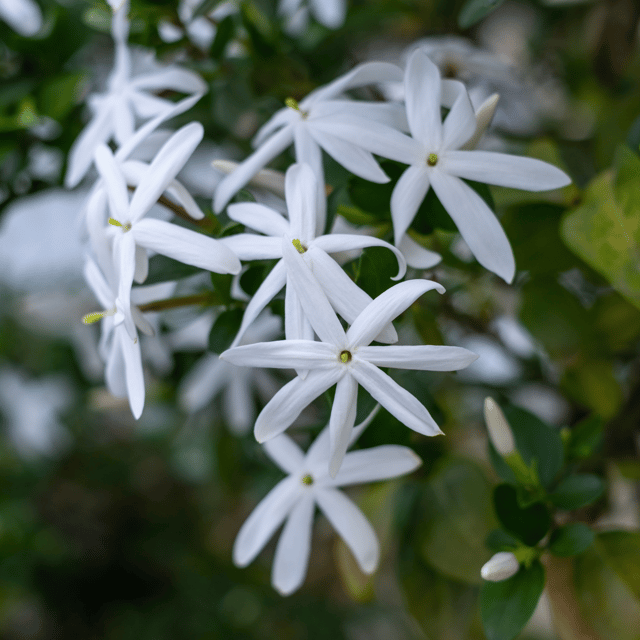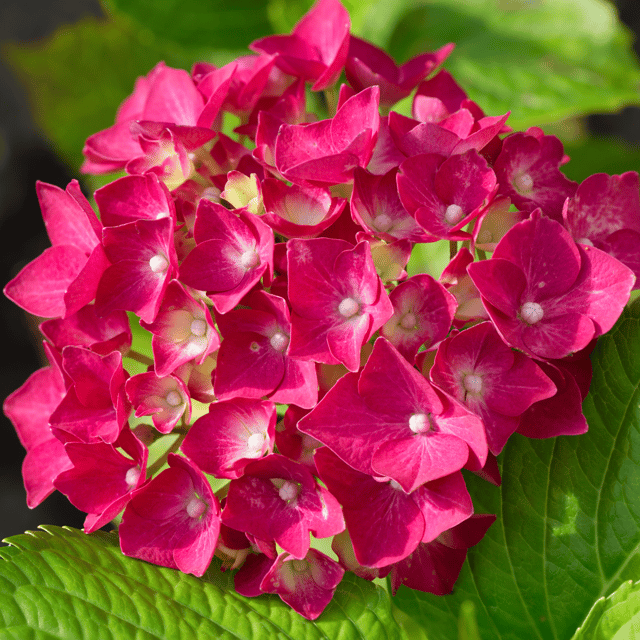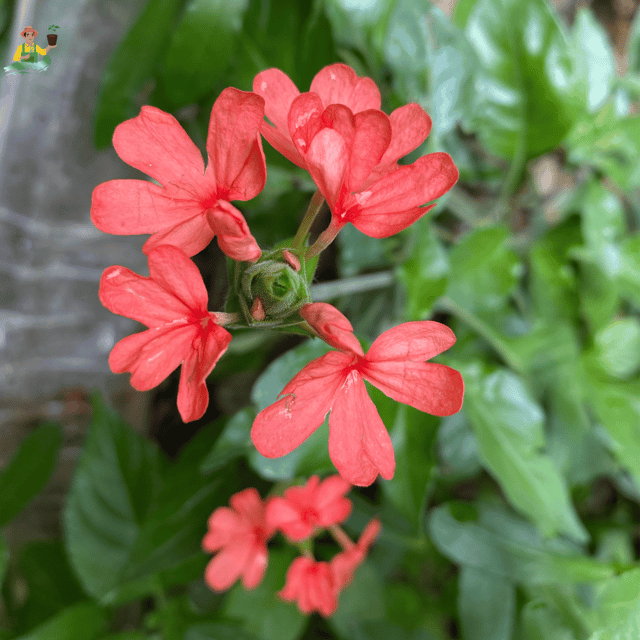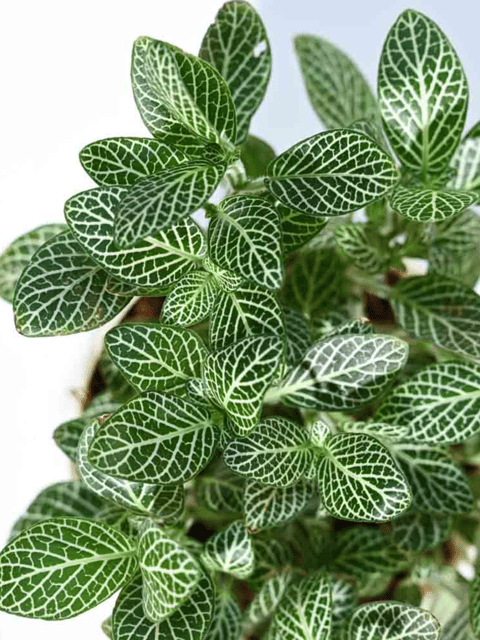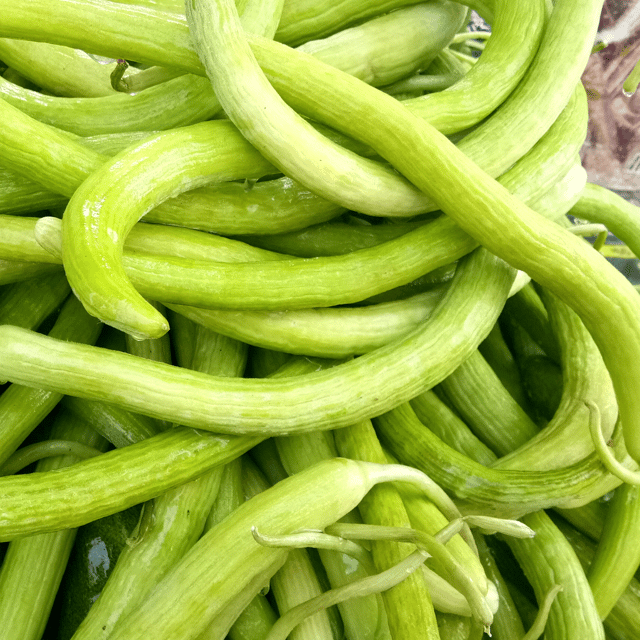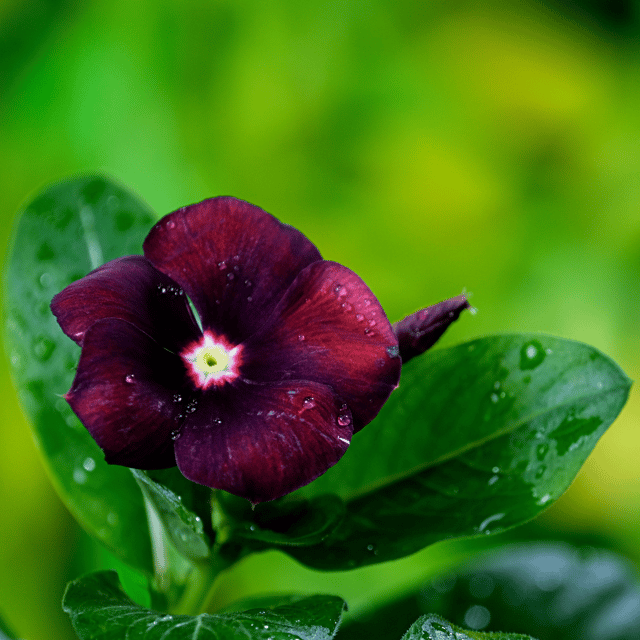🌿 Burro's Tail / Donkey Tail Succulent – A Cascading Beauty for Your Indoor Jungle! 🌿
The Burro's Tail Succulent (also known as Donkey Tail, Sedum morganianum) is a unique trailing succulent known for its fleshy, bead-like leaves that gracefully spill over the edges of pots and hanging baskets. Its stunning, draping look makes it a show-stopping addition to any plant collection.
This low-maintenance, drought-tolerant beauty is perfect for hanging pots, shelves, or balconies—and it's loved for its resilience and eye-catching aesthetic!
🌟 Key Features & Benefits
✅ Cascading Growth Habit – Perfect for hanging pots or high shelves.
✅ Drought-Tolerant – Requires minimal watering, perfect for busy gardeners.
✅ Unique Foliage – Bead-like, silvery-green leaves that trail beautifully.
✅ Low Maintenance – Ideal for beginners and succulent enthusiasts.
✅ Indoor & Outdoor Friendly – Grows well in bright, indirect light.
📋 Plant Specifications
*Non-toxic to pets in small quantities, but ingestion should still be avoided.
🌱 How to Care for Burro's Tail
1️⃣ Potting – Use well-draining pots with succulent or cactus soil mix.
2️⃣ Watering – Water sparingly—only when the soil is completely dry.
3️⃣ Sunlight – Place in a bright area with indirect sunlight.
4️⃣ Handling – Leaves are delicate and can fall off easily—handle gently.
5️⃣ Fertilizing – Light feeding in spring/summer with diluted fertilizer.
6️⃣ Propagation – Propagate easily from leaf or stem cuttings.
⚠️ Disclaimer
Pot Not Included – Product includes only the bare-rooted plant.
Image is for Reference Only – Actual plant may vary slightly due to natural variations and climate.
Color & Size – May differ depending on care, location, and growing conditions.
💚 Why Buy from Paudhewale?
🌱 Top-Quality Plants – Healthy & hand-selected for best results.
📦 Secure & Fast Shipping – Carefully packed to prevent damage.
📞 Gardening Support – Expert tips to keep your succulent thriving!
